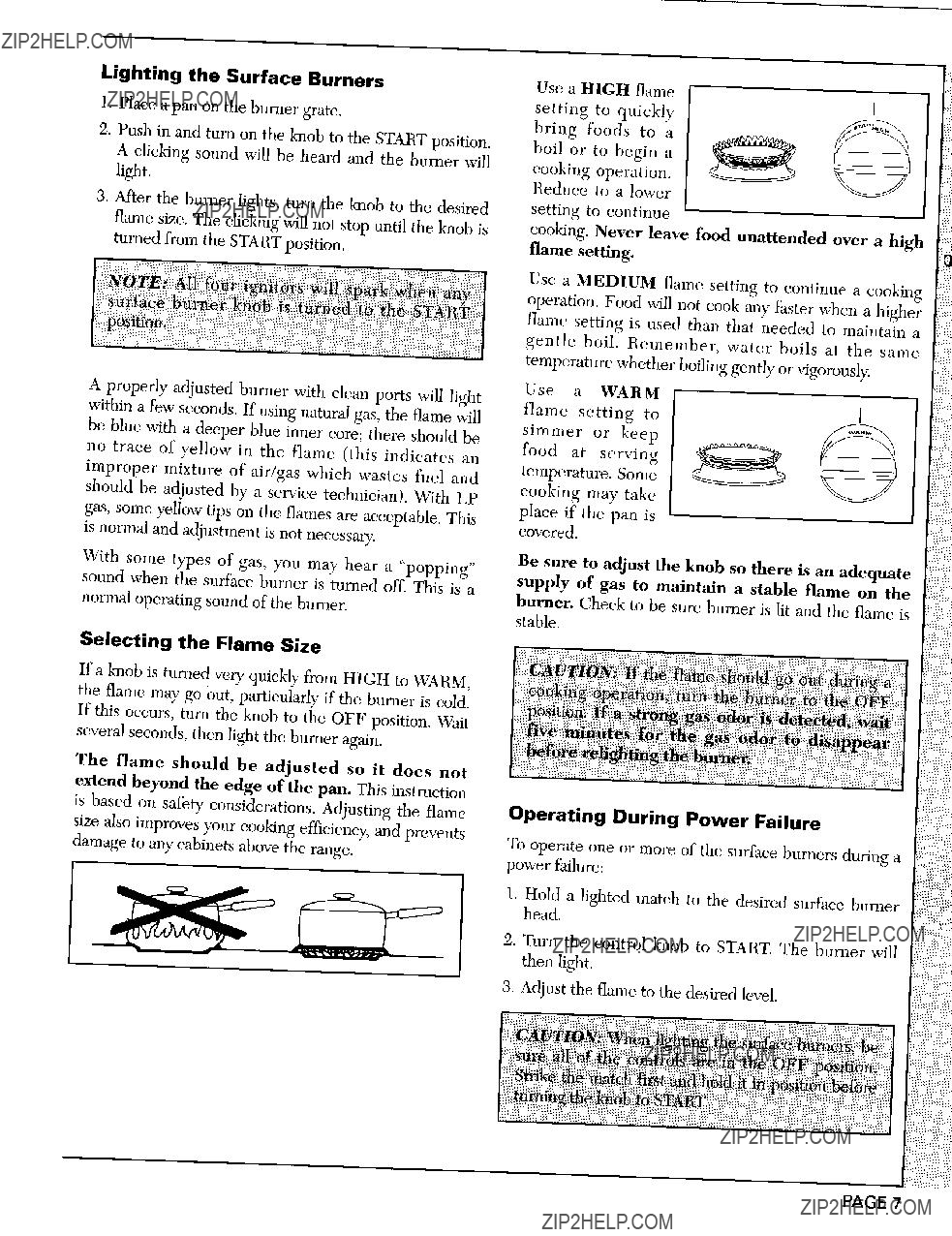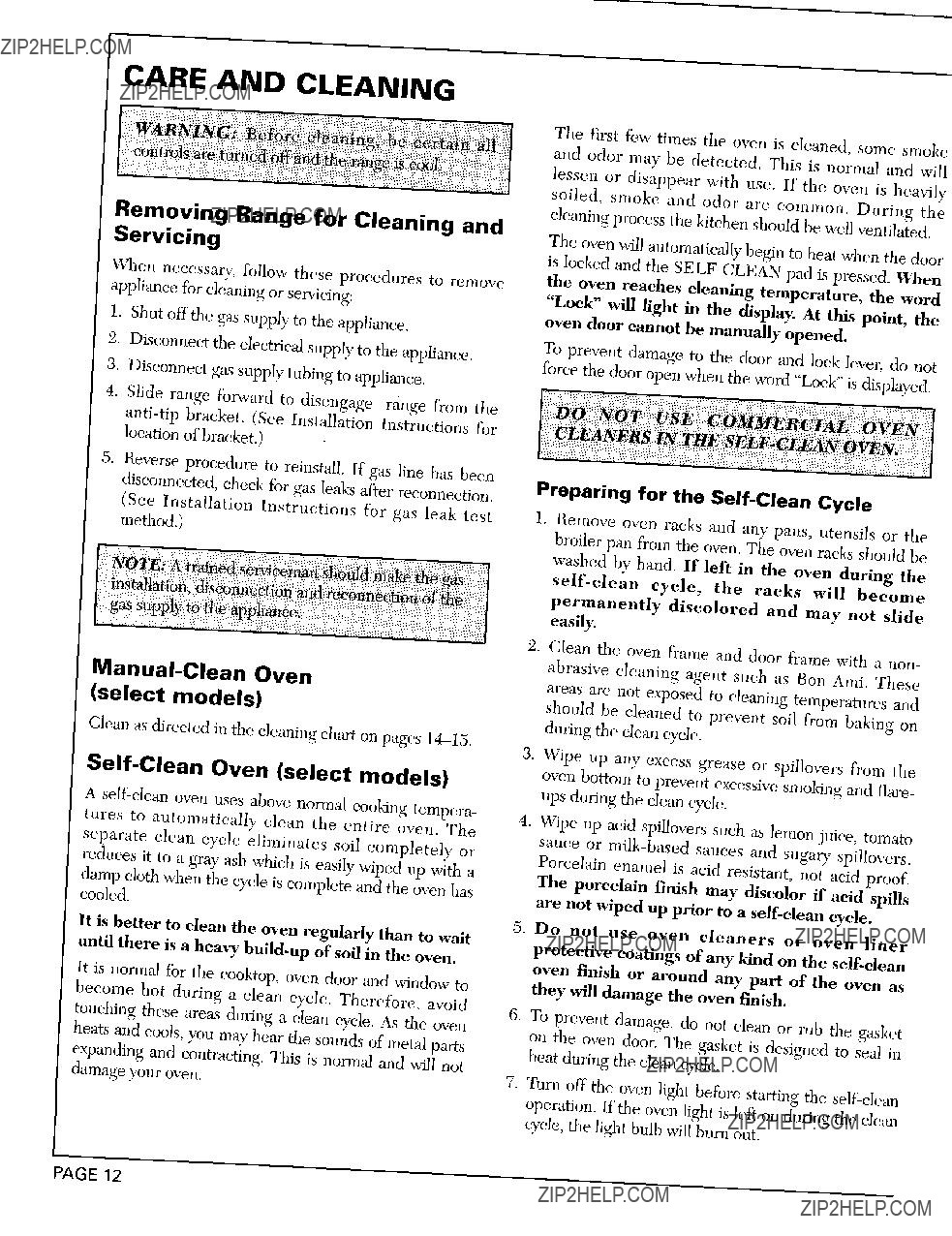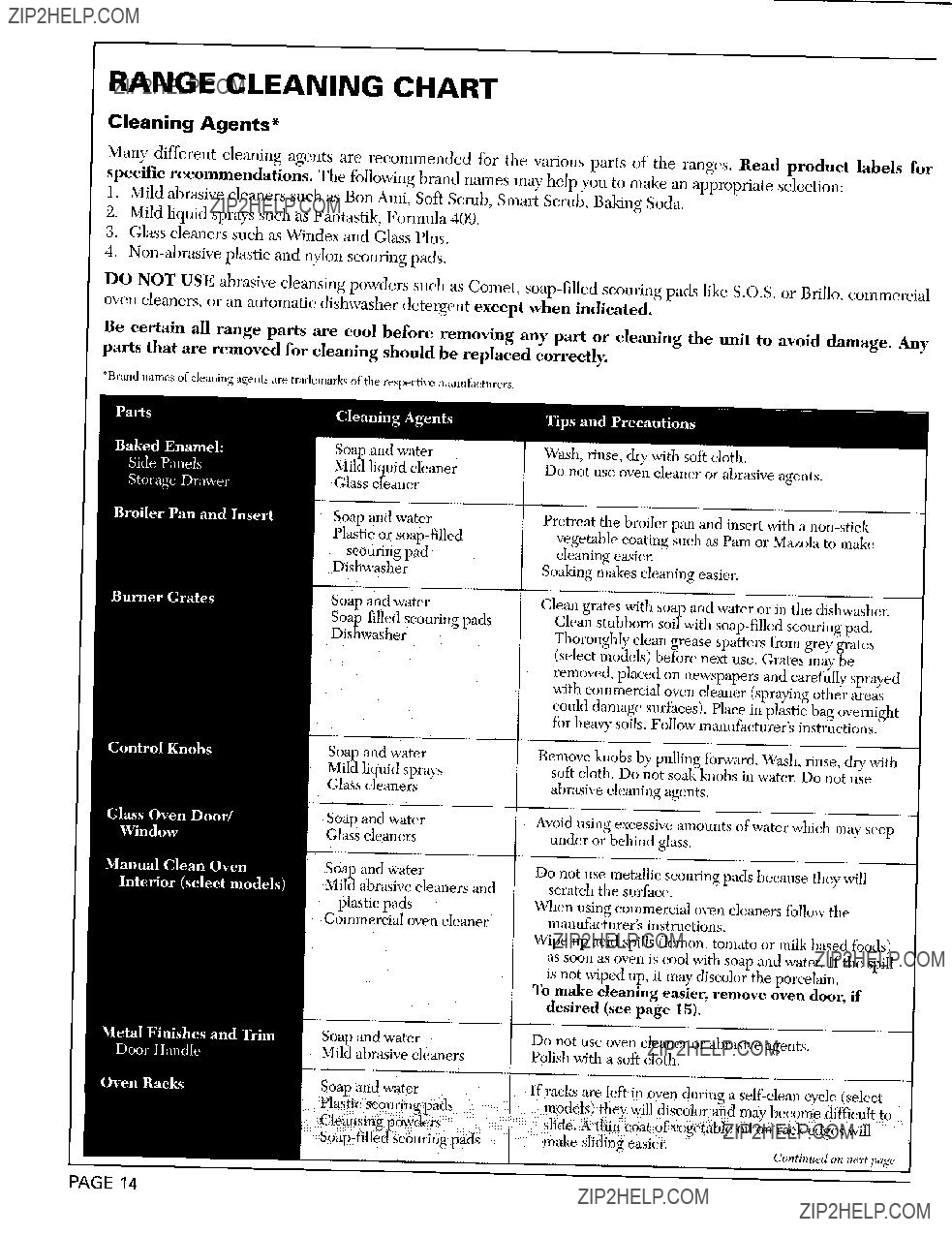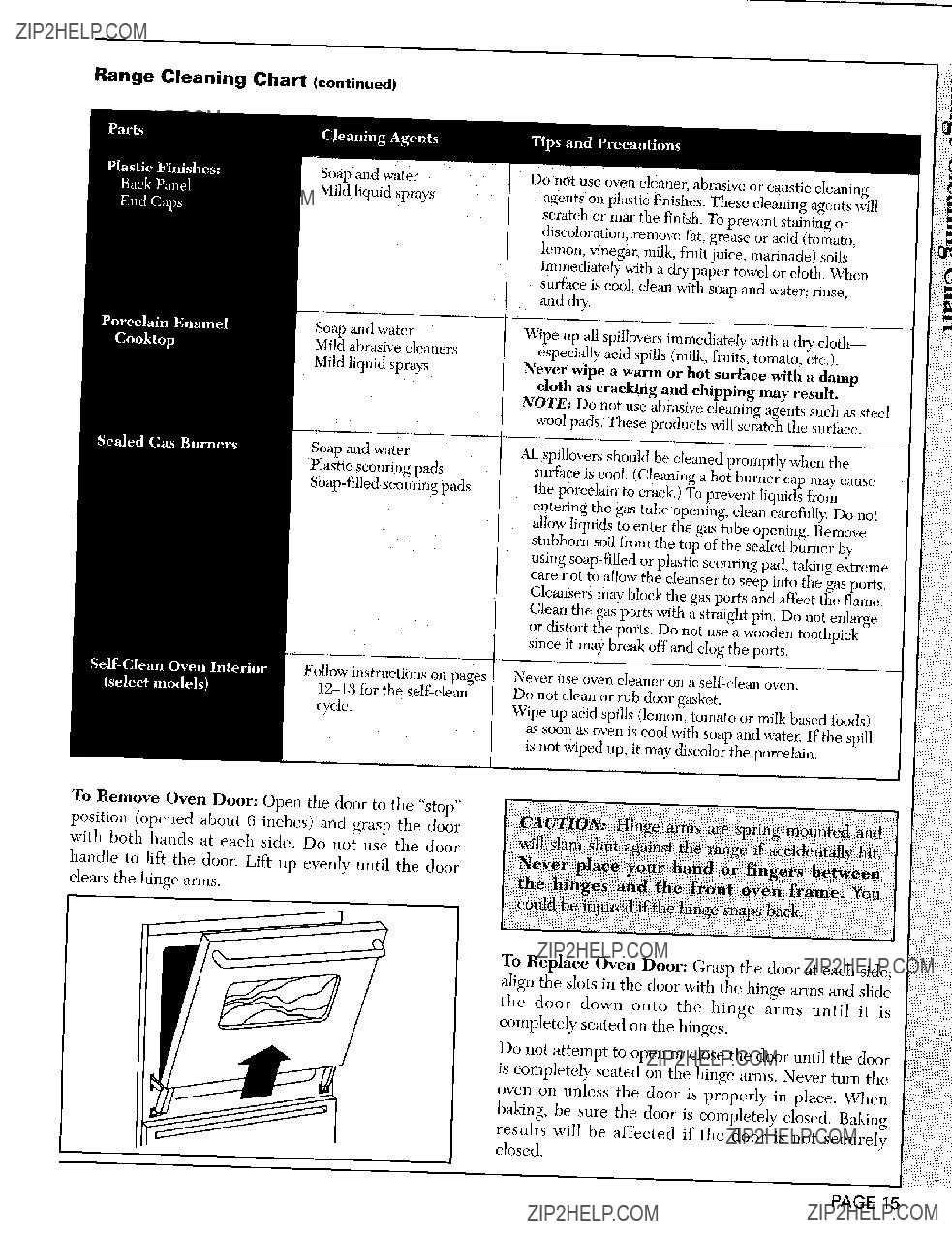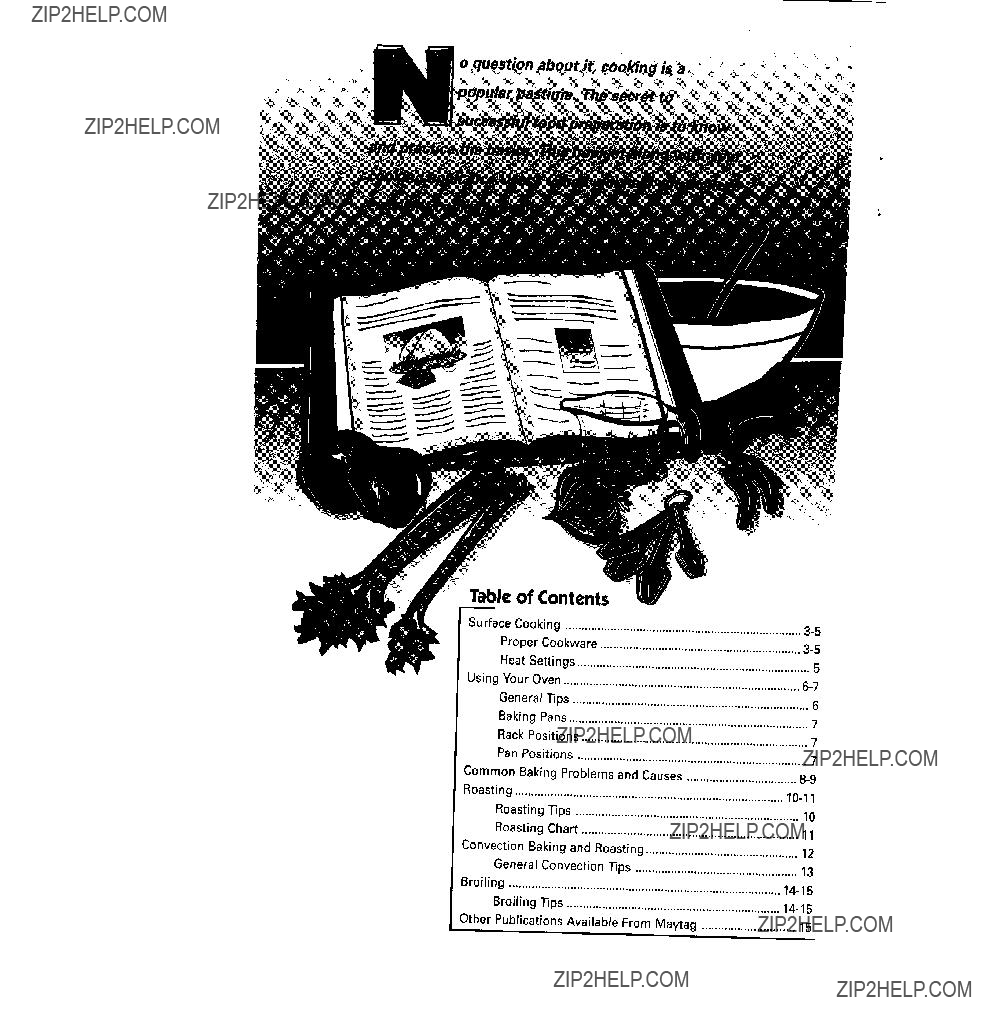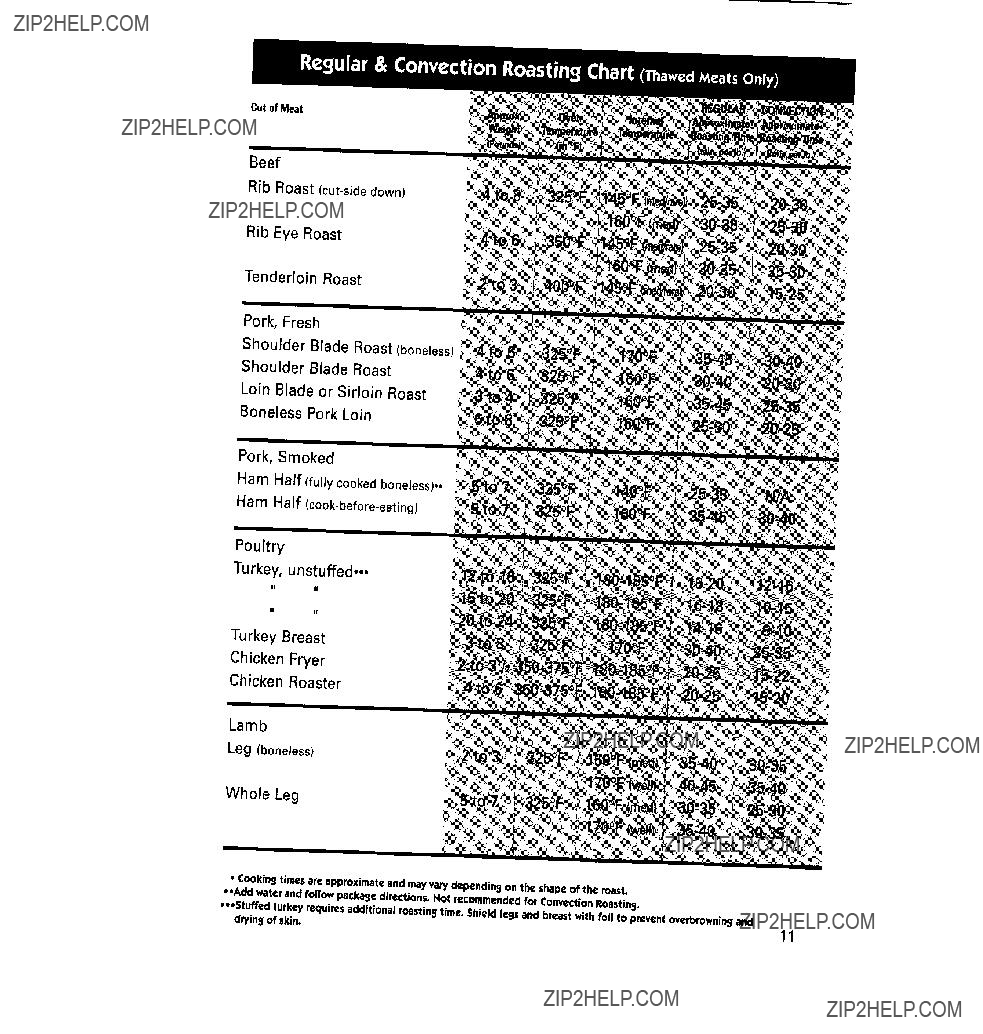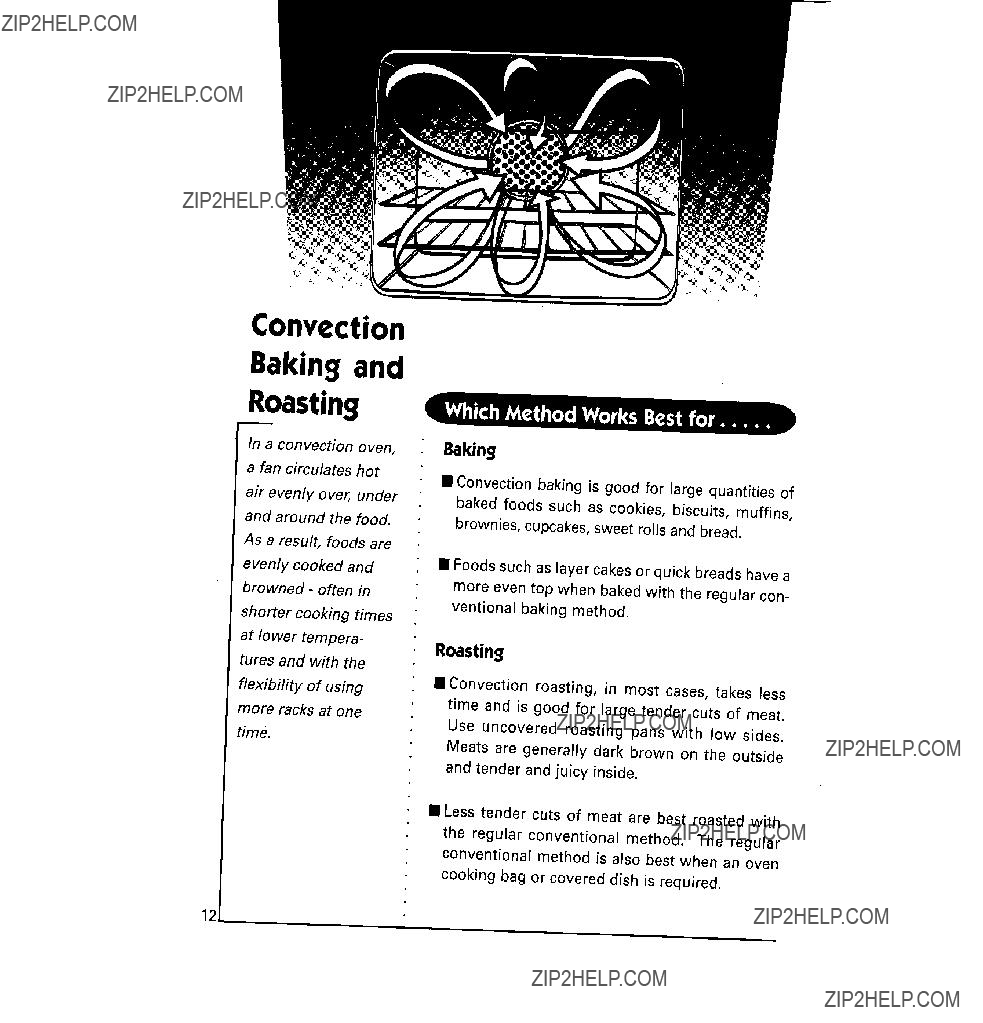RANGE CONTROL PANEL
Electronic Clock and Oven Control
S)'ling and features may differ depending on the model you selected.
The electronic dock and oven control on your Maytag range is used for the time-of-day clock, timer, bake, broil, programmed oven operations and self-clean (select models) functions. A beep will sound each time a function pad is pressed.
The display on the control will flash when power is first supplied to the range or if there is a power failure. Once the time-of-day clock has been set (see Setting the
Clock, page 5), the display will stop flashing.
The oven will automatically tuna off if it is left on for 12 hours,
The _bllowing pads are found on your Maytag electronic clock and oven eontroh
Cancel Pad
Press this pad to cancel all operations except the time-
of-@ clock and timer. If you are ever unsure if you've programmed the control correctly, press the CANCEL pad and start over.
???and ??? Pads
Press or press and hold these pads to enter the time or
temperature desired. These pads are also used to seleet Hi or Ix) broil.
Timer Pad
The timer can be set from 1 minute to 9 hours, 50
minutes. It will count dou_l by seconds (when set for ] minute) or minutes (when set for 2 minutes or more
time). See page 5 for instructions on setting the timer.
Broiling
For best results, use the broiler pan and insert supplied with your range,
(For additional broiling tips, refer to "Cooking Made Simple" booklet.)
Setting the Controls for Broiling:
1.Press the BBOIL pad and press the ??? or ??? pad to select either Hi or Lo broil as indicated in the
display. Hi is used for most broiling operations. Lo should be selected when broiling thicker meats to the well-done stage (to prevent excessive browning). Broiling times may increase if LO is selected.
2.Place the broiler pan on tile recommended position shown in the broiling char*.
3.Follow the suggested times in the broiling chart below. Broil until the top of the meat is browned. It should be approximately half cooked by the time tile top is browned.
4.Check the doneness by cutting a slit in the meat near the center to check tile color.
5.To cancel or end the broiling operation, press the CANCEL pad.
Broiling Chart
Until yon become more familiar with your new range, use the foUowing chart as a guide when broiling foods.
*The bottom rack position is #I.
start and then turn off the oven.
This feature will not operate unless the clock is f, metioning and is set to the correct time of@
If you delay more than 30 seconds between touching a pad and pressing the ??? or ??? pad, the display will either return to the previous setting or the time of day will reappear arid the program will cancel.
Tu recall tile preset stop time or cook time, just press the corresponding pad.
PAGE 10

To Bake by Time (with immediate start):
1.Place the food in the oven.
2.Press the COOK TIME pad. The words "Set Cook Time" will flash in the display:
3.Enter the cooking time (how long you wish tile food
to cook) by pressing the ??? or ??? pad. The time will appear in hours and minutes. The maximum time that can be set is 11 hours and 55 minutes.
4.Press the OVEN TEMP pad. The word "'Bake" and 000 ?? will light in the displa}_ If this step is not clone
within 7 seconds after entering the cook time, the control will beep until another pad is pressed.
5.Enter the oven temperature with the _, or ??? pad.
6.The oven will automatically turn on and the words
"Timed Bake On" will light in the display. The display will begin to count down the time
remaining.
7.At the end of the preset eooklug time, the oven will automatieally turn off and
eontinuous beeps will sound. Remove the food from the oven and press the CANCEL pad to stop the beeps,
8.Enter the cooking time (how long you wish the food to cook) by pressing the ??? or ??? pad. The time will
appear in hours and minutes. The m_L,:imum time that can be set is ll hours and 55 minutes, NOTE:
The oven automatically programs the start time.
4.Press the OVEN STOP pad. The words "Set Stop Time" will flash in the display:
5.Enter the time you wish the oven to turn off by pressing tile ??? or ??? pad. The words "Delay Stop Time" will light in the displav.
6.Press the OVEN TEMP pad. The word "Bake" and 000 ?? will light in the display.
7.Enter the oven temperature by pressing the ??? or ??? pad.
8.If desired', press the CLOCK pad and the time of daywill reappear in tile displa3a
9."Delay Bake" will light in the display and at the preset time the oven will automatically turn on and "Timed Bake" will appear in the displa}:
10.At the end of the preset cooking time, the oven will automatieally tur, off and eontinuous beeps will sound. Bemoxe the food from the oven and press the CANCEL pad to stop the beeps.
To Bake by Time (with delayed start):
1.Place the food in the oven.
2.Press the COOK TIME pad. The words "Set Cook Time" will flash in the displav.
RANGE CLEANING CHART
Cleaning Agents*
Many different cleaning agents arc: recommended fbr the various parts of the ranges. Read product labels for specific recommendations. The following brand names may help you to make an appropriate selection:
1. Mild abrasive cleaners such as Bon Ami, Soft Scrub, Smart Scrub, Baking Soda.
'2. Mild liquid sprays such as Fantastik, Formula 409. 3. Glass cleaners such as Windex and Glass Plus.
4. Non-abrasive plastic and nylon scouring pads.
DO NOT USE abrasive cleansing powders such as Comet, oven cleaners, or an automatic dishwasher detergent except
soap-filled scouring pads like S.O.S. or BriIlo, commemial when indicated.
Be certain all range parts are cool before removing any part or cleaning the unit to avoid damage. Any parts that are removed for deanlng should be replaced correctly.
*Brandnamesofcleaningagentsare trademarksof the r espe_l_a'emanl]_ctl/re_.
(hlntinuedon m,xtpage
Range Cleaning Chart (continued)
scratch or mar the finish. To prevent staining or discoloration, remove f;at, grease or acid (tomato, lemon, vinegar, milk. fruit juice, marinade) soils immediately with a dr}"paper towel or cloth. When surface is cool clean with soap and water; rinse, and dry.
Soap and water , Mild abrasive cleaners
Mild liquid sprays
Wipe up all spillovers immediately with a dry cloth-- especially acid spills (milk. fruits, tomato, etc.}.
Never wipe a warm or hot surface with a damp cloth as cracking and chipping may result.
NOTE: Do not use abrasive cleaning agents such as steel wool pads. These products will scratch the surface.
Soap and water
Plastic scouring pads
Soap- filled seomir)g pads
Follow instructions on pages 12-13 for the self-clean cycle.
To Remove Oven Door: Open the door to the "stop"
position (opened about 6 inches) and grasp the door with both hands at each side. Do not use the door
handle to lif} the door. Lift up evenly until the door
clears the hinge arms.
All spilhwers should be cleaned promptly when the sn_ace is cool (Cleaning a hot burner cap may cause
the porcelain to crack. To prevent liquids from entering the gas tube opening, dean carefidlk; Do not alh_w liquids to enter the gas tube opening. Bemove stubborn soil from the top of the sealed burner by using soap-filled or plastic scouring pad, taking extreme care not to allow the cleanser to seep into the gas ports. Clemasers may Noek the gas ports and affect the flame. Clean the gas ports with a straight pin. Do not enlarge
or distort the ports. Do not use a wooden toothpick since it may break off' and clog the ports.
Never use oven cleaner on a self dean oven. Do not clean or rub door gasket.
Wipe up acid spills (lemon, tomato or milk based tbods) as soon as oven is cool with soap and watee If'the spill is not wiped up, it may discolor the porcelain.
To Replace Oven Door: Grasp the door at each side, align the slots in the door with the hinge anus and slide the door down onto the hinge arms until it is completely seated on the hi,ages.
Do not attempt to open or close the door until the door
is completely seated on the hinge arms. Never turn the
"1 oven on nnless the door is properly in place. \_?? len
baking, be sure the door is completely closed. Baking results will he affected if the door is not securely closed.
BEFORE YOU CALL FOR SERVICE
Check these points if...
Part or all of your gas range does not operate
???Is the range plug loose or disconnected from the electrical outlet (if not wired direct to the electrical
snpply)?
???Are any house fuses blown or circuit breakers tripped?
???Has a range fuse bloval (Canadian ranges only')?
???lids the power supply to the home been interrupted?
???Are the oven controls properly' set?
???Was the door left in the locked position fellowing a self-clean cycle (select models)?
???Is the oven set for a programmed oven operation?
Surface elements fail to turn on or heat the food properly"
???Is the range plug loose or disconnected from the electrical outlet (if not wired direct to the electrical
supply)?
???Has a range fuse blown (Canadian ranges only)?
???Were appropriate pans used (See "Cooking Made
Simple" booklet)?
???Are the surface burner controls properly set?
Food not baking correctly"
???Are the oven racks properly placed for baking (See
"Cooking Made Simple" booklet)?
???Have you used aluminum foil correctly?
???Was the oven preheated as recommended?
???Are the controls for bake operations properly set?
???Is there 1 to 2 inches of space between pans and the oven wails? Are the range and oven racks level?
???Was good cookware/bakeware of the proper size used?
???Are you using a tested recipe from a reliable source? The oven thermostat on your new range may be more accurate than the one on your old range,
???Was the oven vent covered or blocked on the range surface?
Food does not broil properly
???Are the controls for broiling set properly? (See Broiling section, page 10.)
???Was the proper rack position used? (See Broiling section, page 10.)
???Was the broiler pan received with the range used?
???Was aluminum foil used on the broiler pan insert, blocking the slits for fat drainage?
Oven light does not operate
???Is the bulb loose or burned out?
???Is the light switch in the On position?
Oven will not self-clean (select models)
???Is the self-clean control set properly? (See Self-Clean instructions, pages 12-I3.)
???Is the oven set for a programmed oven operation?
Oven door won't lock (select models)
???Are the proper controls set for the self-clean cycle? (See Self-Clean instructions, pages t2-13.)
Oven door will not unlock (select models)
???Has the self-clean cycle been _nished for at least one hour?
"F" plus a number appears in the display (select models)
???These are fault codes. If a fault code appears in the display" and a continuous beep sounds, press the CANCEL pad. If the fanlt eode reappears, disconneet power to the range and call a qualified service technician.
Fan sound (select models)
???A fan will automatically turn on when the oven is operated to cool the clock controls. This is normal. It
may continue to run even after the oven is turned off
For further assistmtce contact your Maytag dealer or call Maytag Customer Service:
U.S.1-800-688-9900
CANADA 1-800-688-2002
RANGE WARRANTY
Full One Year Warranty
For one (1) year from the date of original retail purchase, any part which fails in normal home use will be repaired or replaced free of charge.
Limited Warranty
After the first year from the date of original retail purchase, through the second year, parts which fail in normal home use will he repaired or replaced free of charge for the part itself, with the owner paying all other eosts, including labor, when the appliance is located in the United States or Canada.
Third Through Fifth Year
After the second vear from the date of original retail purchase through the fifth year, all of the fbllowing components whiell fail in normal home use will he repaired or replaced free of charge for the part itself,
with the owner paying all other costs, including Tabor. when the appliance is located in the United States or Canada.
These components include:
All Electronic Clocks: on electric or gas ranges
Electric Heating Elements: Includes all surface elements (solid disc, coil and smooth top), glass eooking surfaces, broil elements and oven bake elements on electric ranges.
Third Through Tenth Year
After the second year frum the date of original retail purchase throngh the tenth year, sealed gas burners on gas ranges which fail in normal home use will be repaired or replaced free of charge for the part itself;
with the owner paying all other costs, including labor, when the appliance is located in the United States or Canada.
Canadian Residents
This warranty covers only those applianees installed in Canada that have been listed with Canadian Standards Association unless the applianees are brought into Canada due to transfer of residence from the United States to Canada.
Limited Parts Warranty Outside The United States Or Canada
For two (_) years from the date of original retail purchase, any part which _dls in normal home use will be repaired or replaced free of charge for the part itsel?? with the owner paying all other costs, including labor, when the applianee is located outside the United States or Canada.
This Warranty gives you specific legal rights, and you may also have other rights which va_ from state to state.
To Receive Warranty Service
To locke an authorized service company in your area eontarX the Ma_ag dealer from whom your appliance was purchased; or call Maytag Customer Service. Should you not receive satist:aetory warran_ service, eall or "aMte:
Maytag Customer Assistance
% Maytag Customer Service RO. Box 2370
Cleveland, TN 37320-2370
US1-800-088-9900
CANADA 1-800-688-2002
When contacting Maytag Customer Service be sure to provide the model and serial nnm}_er of your appliance, the name and address of the dealer from whom yeu purchased the appliance and the date of purchase.
Should you still have a problem, write to: Major Appliance Consumer Action Program, 20 North Waeker Drive, Chieago, Illinois 60606. MACAP is an industry spo_'_soredbut ii"_dependentgroup of e_msumerexperts M_o receive madacton comI_laintsfrom applianee o_a_ers.
NOTE: When writing about au unsolved service problem, p/ease include the follo_ing informatiom (a) Yourname, address and telephone number;
(b)Model rmmber and serial number (found on the data plate) ofyour appliance:
(e)Name and address of your dealer m_ddate the appliance was bought;
(d) A olear description of the problem you are having.
PanMaterial
The pan material determines how evenly and quickly
heat is transferred from the heat source to the pan bottom. Some widely used pan materials are:
?
a
Place meat fat-side-up to allow self-basting of the meat during roasting,
Cooking time for roasting is determined by the
weight of the meat and the desired doneness. Use ameat thermometer for best results. Insert the ther-
mometer so the tip end is in the center of the thick- est part ofthe meat. It should not touch fat or bone.
Refer to the Roasting Chart on page 11 for best re- suits,
Remove the roast from the oven when the thermom-
eter registers approximately 5?? below the aloneness desired. Cooking will continue after the meat is re- moved from the oven.
Less tender cuts of meat need to be roasted in a
covered pan or in an oven cooking bag,
Cutof Meat
Beef
Rib Roast (cut-sidedown)
Rib Eye Roast
Tenderloin Roast
Pork, Fresh
Shoulder B)ade Roast (boneless)
Shoulder Blade Roast
Loin Blade or Sirloin Roast
Boneless Pork Loin
Pork, Smoked
Ham Half (fully cooked boneless)*,
Ham Half (cook-before-eating)
Poultry
Turkey, unstuffed...
Turkey Breast
Chicken Fryer
Chicken Roaster
Lamb
Leg (boneless)
Whole Leg
Generally for a brown exterior and rare interior, the meat should be close to the element or flame. If you want the meat well done, place the broiler pan farther from the element or flame.
Increasing the distance between the meat and the heat source will de-
crease spattering and smoking.
When broiling in an electric oven, the door should be opened to the broil stop position (about 4"). When broil-
ing with e gas oven, the door should be closed.
If the food requires turning, broil until the top side is brown. Turn only once during broiling. Meat should be ap- proximately half cooked by the time the top is browned.
Consult the User's Guide for spe- cific broiling times and rack posi- tions.







